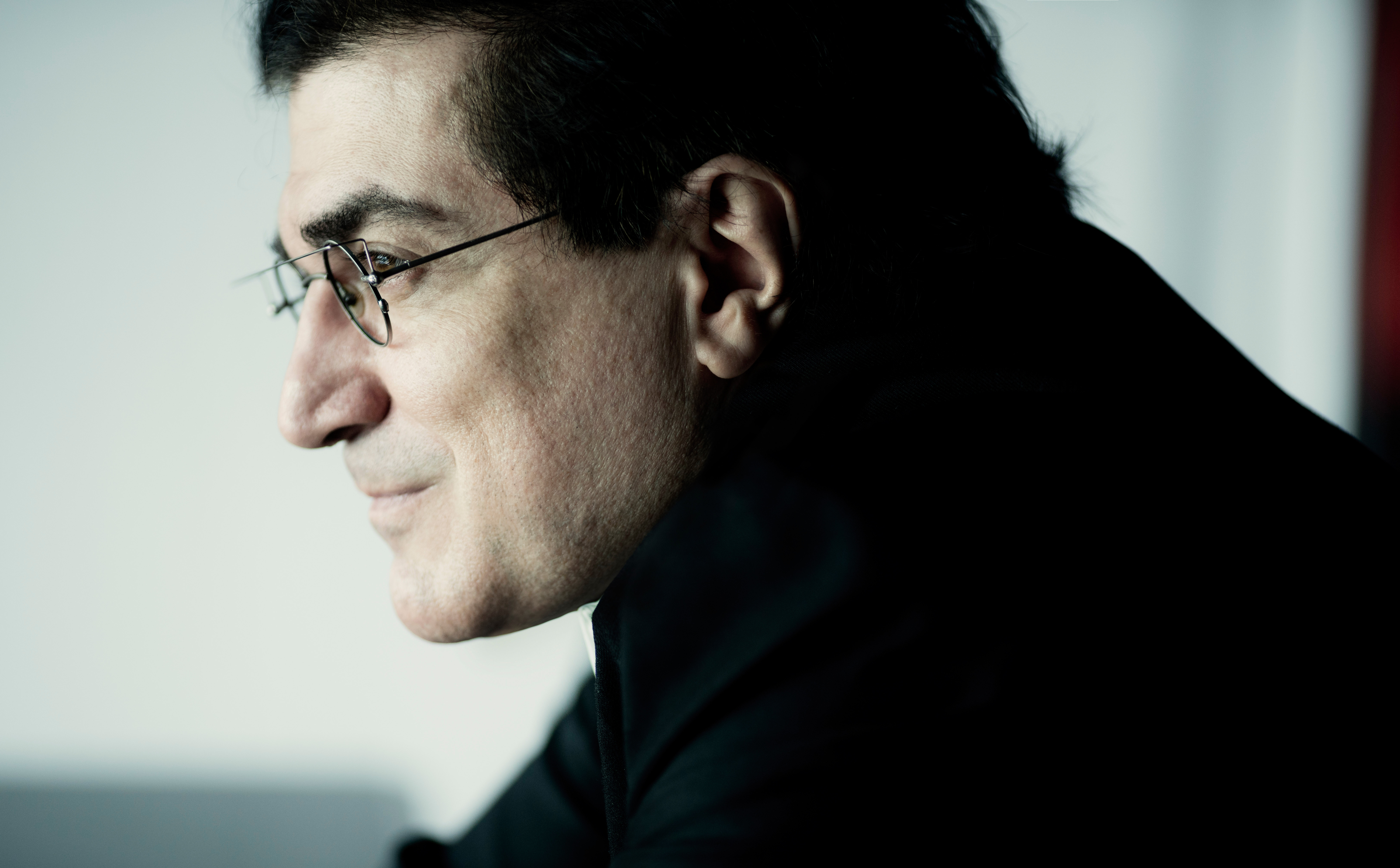
The 50th annual Bach Week Festival ended Sunday night with another amazing performance by Armenia-born pianist Sergei Babayan at Nichols Concert Hall in Evanston. Last year, Babayan played a delightful concert that, in addition to Johann Sebastian Bach, included music by Robert Schuman, Sergei Rachmaninoff, and Franz Liszt.
While Babayan was great throughout last year’s concert, it was the Bach that opened the show that blew me away. That particular piece was a transcription for solo piano of my favorite movement of my favorite work by Bach, the Chaconne finale of the Partita for Solo Violin in d-minor, BWV 1004. In transcribing this piece to piano, Ferruccio Busoni took advantage of the expanded tonal range of a piano vs a violin, as well as the ability to play many more notes at once. In this way the Chaconne rises to a whole new level of brilliance.

Sunday’s program originally had a single work, Bach’s Goldberg Variations, BWV 988. While this lengthy work can run for an hour, the program seemed a bit light. Much to my joy Babayan announced from the stage that he’d be opening with an additional work, the Chaconne. As he did last year, Babayan played it marvelously, showing total finger dexterity and smoothness in runs and power in the chords.
After a quick applause, Babayan broke into the Goldberg Variations. I have never really explored this masterpiece. Babayan piqued my interest last year when he played the opening and closing Aria as an encore. It is surely a great sign when a single performance of an unfamiliar work affects me so profoundly, but that happened on Sunday.
In the Goldberg Variations Bach makes an astonishing array of technical demands on the keyboardist. Starting with the subdued but lengthy Aria, a variety of tempi and intensity allows for a full panoply of feelings and emotions. The modern piano, which did not become readily available until after Bach’s death, allows for a brighter sound and wider range of volume levels that are not possible on a harpsichord.
Babayan squeezed everything out of this performance, mining every possible effect from the 30 variations that divide the Arias. In the middle Bach put in an Overture that would typically start a baroque work like this, and Babayan took advantage of the respite it provides.
The last variation is a so-called Quodlibet, where Bach incorporates the melodies of two popular songs. Babayan had a lot of fun with it, mixing power and excitement.
The 50th Bach Week Festival fulfilled it all.
Did you enjoy this post and our coverage of Chicago’s arts scene and sometimes beyond? Please consider supporting Third Coast Review’s arts and culture coverage by making a donation by PayPal. Choose the amount that works best for you, and know how much we appreciate your support!
